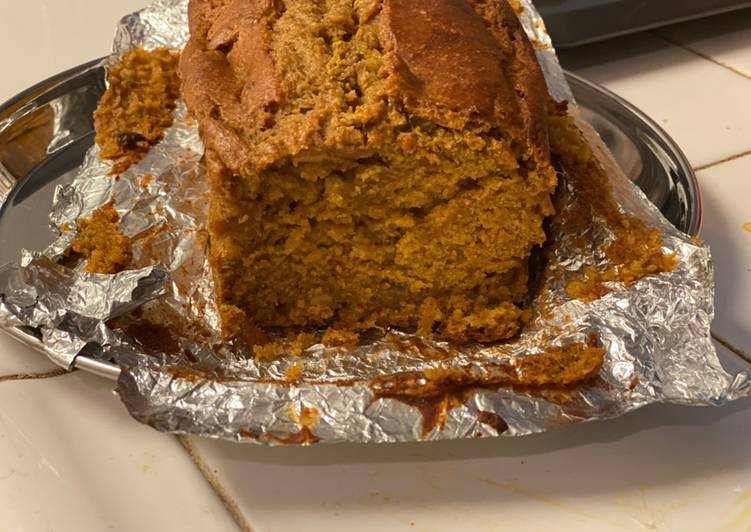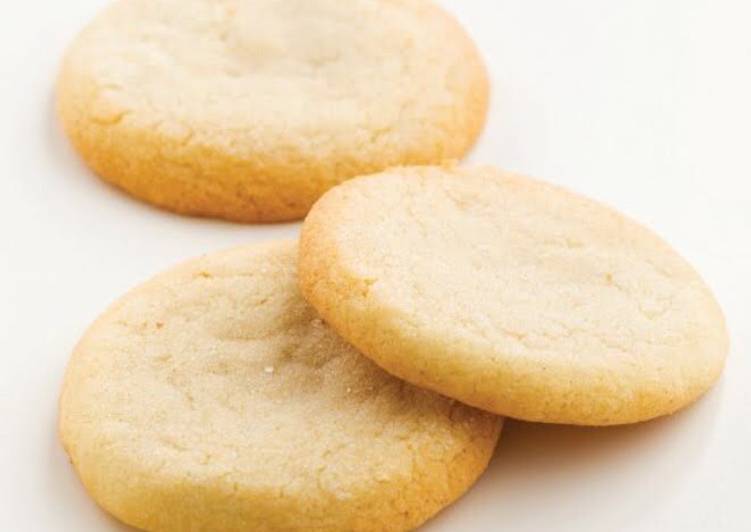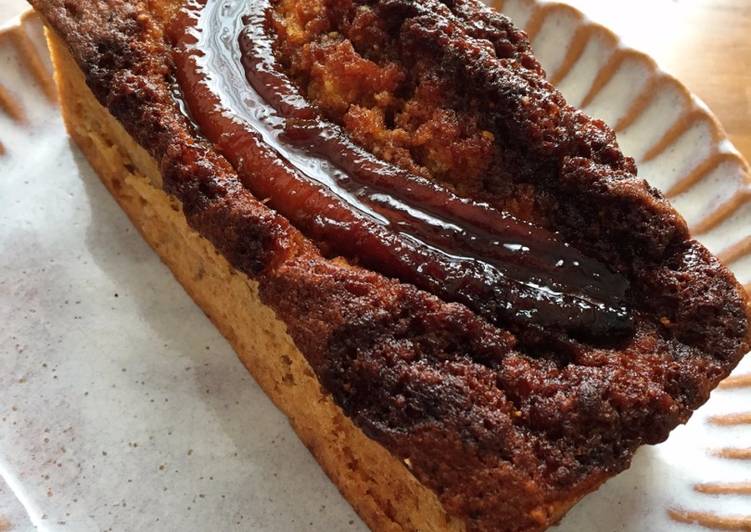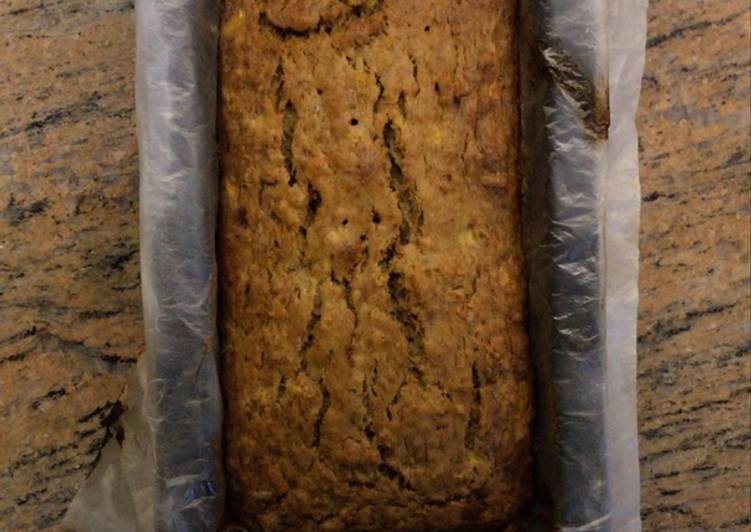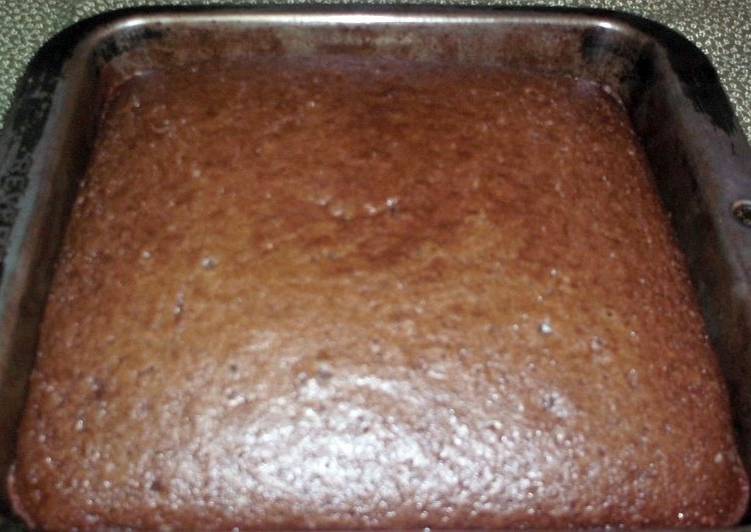Homemade sourdough bread. Angelic Bakehouse makes the best tasting sprouted whole grain bread. Made with sprouted grains to keep it delicious, nutritious, and easy to digest. Sourdough Bread Recipes Make sourdough bread from a homemade sourdough starter.
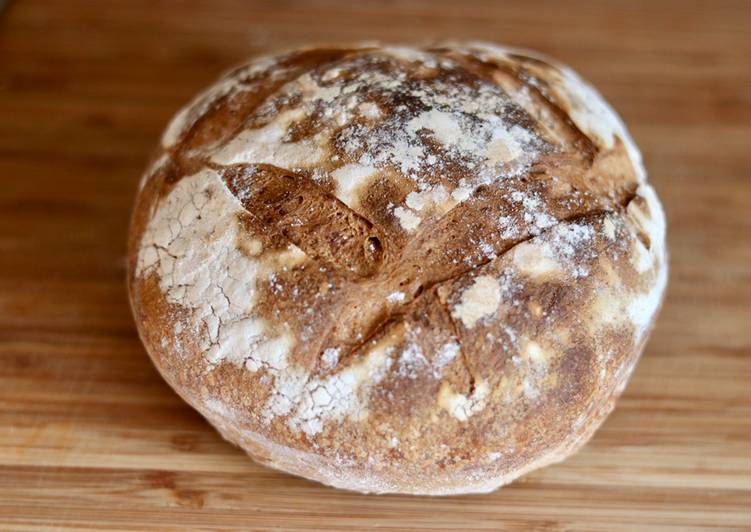 Tangy, chewy sourdough bread is a lot easier to make than you think. Plus, it's a great project when you have time on your hands…and no yeast handy. Sourdough bread is made entirely using wild yeast — with a strong, active sourdough culture of wild yeast, you won't need any commercial yeast at all. You can cook Homemade sourdough bread using 6 ingredients and 10 steps. Here is how you cook that.
Tangy, chewy sourdough bread is a lot easier to make than you think. Plus, it's a great project when you have time on your hands…and no yeast handy. Sourdough bread is made entirely using wild yeast — with a strong, active sourdough culture of wild yeast, you won't need any commercial yeast at all. You can cook Homemade sourdough bread using 6 ingredients and 10 steps. Here is how you cook that.
Ingredients of Homemade sourdough bread
- Prepare 500 g of bread flour.
- You need 300 of sourdough starter (I use my Jasmine 😉💗).
- You need 3 tsp of brown sugar.
- It’s 10-12 tbsp of warm water.
- Prepare 2 tsp of salt.
- It’s of Some vegetable cooking oil.
Wild yeast need a little more coaxing and works a little more slowly than commercial yeast, so sourdough breads are normally mixed, shaped, and baked over the course of a day, or even. Homemade Sourdough bread is a worthy journey into Artisan bread making. The adventure begins with wild yeast starter and continues into the vast and rich history of naturally fermented bread baking. Autolyse: In a large mixing bowl, stir together flours and water with your hands until well combined.
Homemade sourdough bread step by step
- Mix together bread flour, sourdough starter and water in a bowl..
- Add sugar and salt in and knead for 10 min..
- Dust some flour on worktop and continue knead your dough for another 15 min. The key is to fold your dough towards you then push back out then fold back in again. Use the palm of your dominant hand and put pressure on to your dough..
- Once your dough is ready it will have this ‘windowpane effect’. You can do this by stretching your dough until it is so thin that it becomes transparent when you lift it up against the window..
- Put the dough into a lightly oiled bowl, cover with a damp teatowel or clingfilm and leave to prove for 2½–3 hours. You won't notice as much of a rise in the dough as you would with a normal yeasted bread and it will take a lot longer to rest your dough..
- After leave it to prove, transfer your dough onto a surface and knock back. Portion the dough into two and shape into two ball shaped loaves. Put plenty of flour on top and place each loaf seam-side up in a bowl, cover your dough with tea towel..
- Make sure you have plenty of flour on top between your tea towel and your dough otherwise you won’t be able to turn it out as the tea towel will stick with your dough. Leave it to prove for 2-3 hours. At this point you can leave this the the fridge over night and take it out in the morning ready to bake..
- One your dough have been rested, take them out and use a sharp knife score 3 or 4 tkme on the top of the loaf (a very traditional way).
- Preheat the oven to 230 c or gas 8. Put a few ice cubes or cold water into a baking tin and place in the bottom of the oven to create steam. Turn your loaves out onto a baking tray. Bake for 35-40 minutes or until a good crust formed and the loaves sound hollow when you tapped on the base..
- Leave it to cool down completely before you cut it. I am so proud of my first homemade sourdough 😊🐾🍞.
For this sourdough bread recipe I used a homemade no-yeast sourdough starter and followed Chef John's Sourdough Bread recipe. A sourdough starter is a simple combination of flour and water, miraculously (well, with a bit of chemistry) turned into a live culture with naturally occurring yeasts and bacteria (the good kind) present in your kitchen. TIP: For best results, weigh all of your ingredients with a digital kitchen scale. Measuring cups are not as accurate. See the FAQ section at the bottom of this post for more details.

